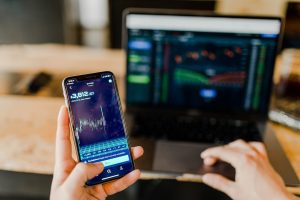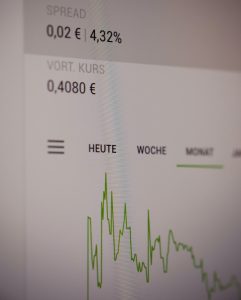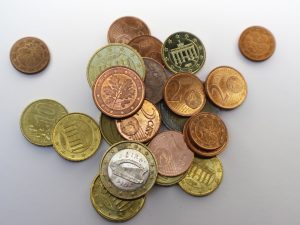Forex, also known as the foreign exchange market, is the largest financial market in the world with an average daily turnover of over $5 trillion. Trading volume is one of the key indicators used in forex trading to understand the market’s liquidity and the number of buyers and sellers in a particular currency pair. In this article, we will discuss how to trade volume in forex.
Understanding Forex Volume
Forex volume refers to the number of lots (or contracts) traded in a particular currency pair within a specific time frame. A lot is a unit of measurement for the size of a trade in forex. In the forex market, a standard lot is equal to 100,000 units of the base currency. For example, one standard lot of EUR/USD is equivalent to 100,000 euros.
The volume in forex is measured using tick volume, which represents the number of price changes in a currency pair within a given time frame. Tick volume is different from the actual traded volume as it only represents the number of price changes, not the actual number of trades. However, tick volume is still a useful indicator as it can provide insights into market sentiment and the liquidity of a currency pair.
Using Volume Indicators
Volume indicators are technical tools that forex traders use to analyze the volume of a currency pair. The most common volume indicators used in forex trading are:
1. On-Balance Volume (OBV): OBV is a momentum indicator that measures buying and selling pressure. OBV adds the volume on up days and subtracts the volume on down days. If the OBV line is rising, it indicates that buying pressure is increasing, and if the OBV line is falling, it indicates that selling pressure is increasing.
2. Chaikin Money Flow (CMF): CMF is an indicator that measures the amount of buying and selling pressure in a currency pair. CMF combines price and volume to show the flow of money into or out of a currency pair. If the CMF line is positive, it indicates that buying pressure is increasing, and if the CMF line is negative, it indicates that selling pressure is increasing.
3. Volume Weighted Average Price (VWAP): VWAP is an indicator that calculates the average price of a currency pair based on its trading volume. VWAP is used to identify the average price that traders are paying for a particular currency pair. If the current price is above the VWAP, it indicates that the currency pair is trading at a premium, and if the current price is below the VWAP, it indicates that the currency pair is trading at a discount.
Using Volume to Confirm Price Movements
Volume can also be used to confirm price movements in forex trading. When a currency pair is trending, the volume should increase as more traders enter the market. If the price of a currency pair is increasing, and the volume is also increasing, it indicates that the trend is strong and likely to continue. On the other hand, if the price of a currency pair is increasing, but the volume is decreasing, it indicates that the trend may be losing momentum.
Similarly, if the price of a currency pair is decreasing, and the volume is also decreasing, it indicates that the trend is strong and likely to continue. If the price of a currency pair is decreasing, but the volume is increasing, it indicates that the trend may be losing momentum.
Conclusion
In conclusion, trading volume is a critical indicator in forex trading. It provides insights into market sentiment, liquidity, and the number of buyers and sellers in a currency pair. Forex traders can use volume indicators to analyze the volume of a currency pair and use volume to confirm price movements. By understanding how to trade volume in forex, traders can make informed trading decisions and improve their chances of success in the market.





